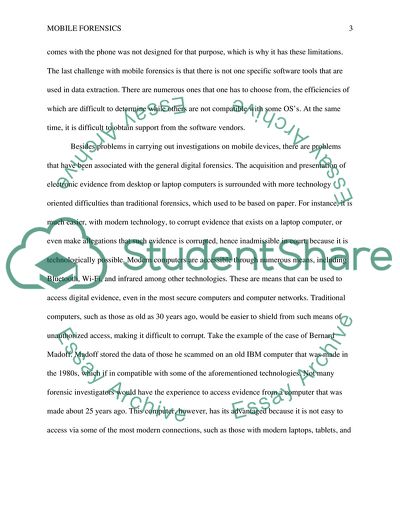Cite this document
(Challenges in Mobile Forensic Technologies Essay Example | Topics and Well Written Essays - 1250 words, n.d.)
Challenges in Mobile Forensic Technologies Essay Example | Topics and Well Written Essays - 1250 words. https://studentshare.org/technology/1867828-mobile-forensics
Challenges in Mobile Forensic Technologies Essay Example | Topics and Well Written Essays - 1250 words. https://studentshare.org/technology/1867828-mobile-forensics
(Challenges in Mobile Forensic Technologies Essay Example | Topics and Well Written Essays - 1250 Words)
Challenges in Mobile Forensic Technologies Essay Example | Topics and Well Written Essays - 1250 Words. https://studentshare.org/technology/1867828-mobile-forensics.
Challenges in Mobile Forensic Technologies Essay Example | Topics and Well Written Essays - 1250 Words. https://studentshare.org/technology/1867828-mobile-forensics.
“Challenges in Mobile Forensic Technologies Essay Example | Topics and Well Written Essays - 1250 Words”. https://studentshare.org/technology/1867828-mobile-forensics.


